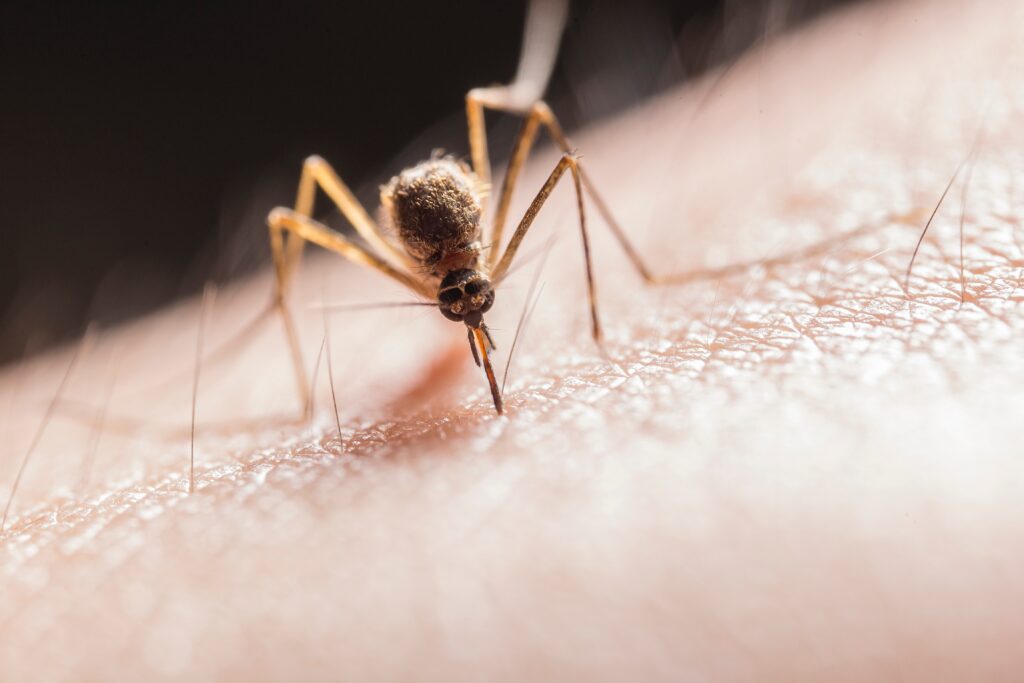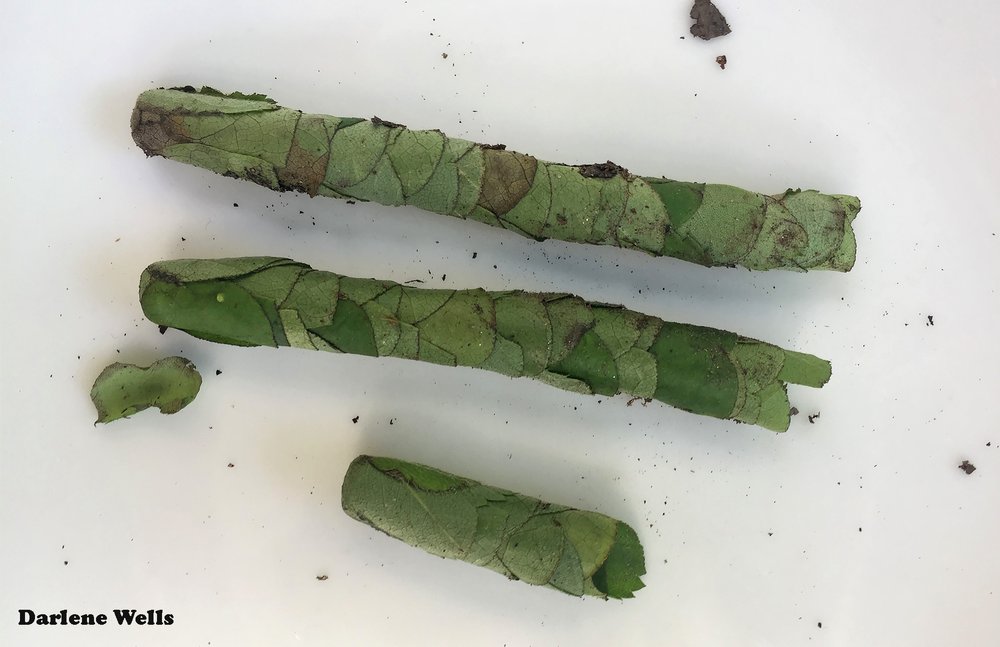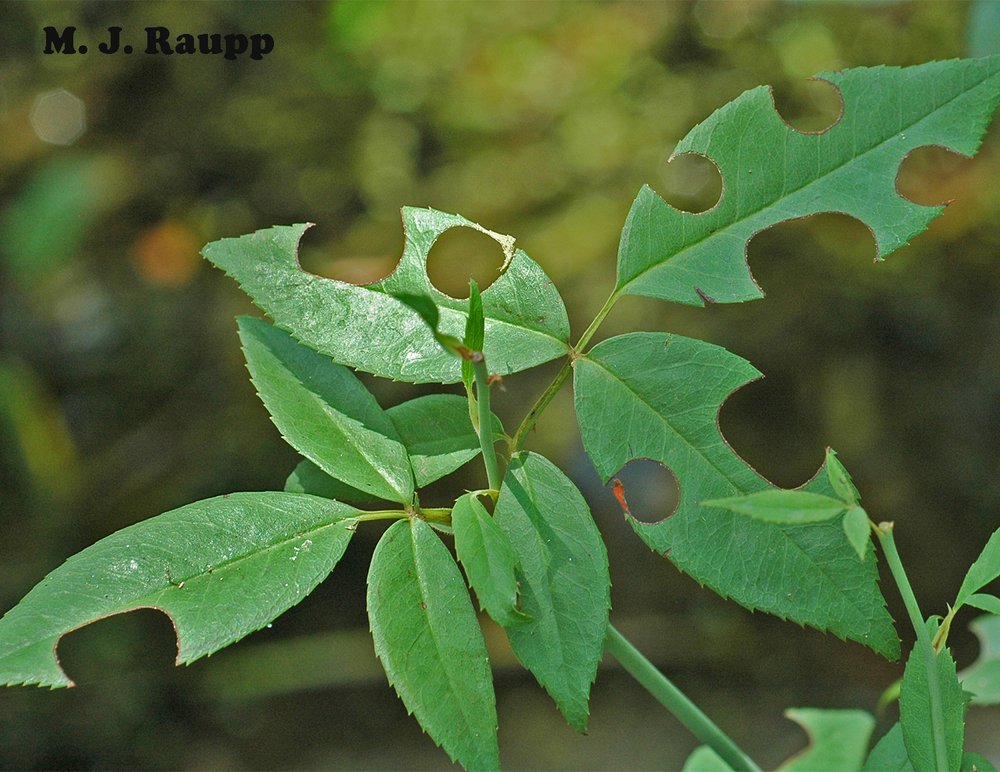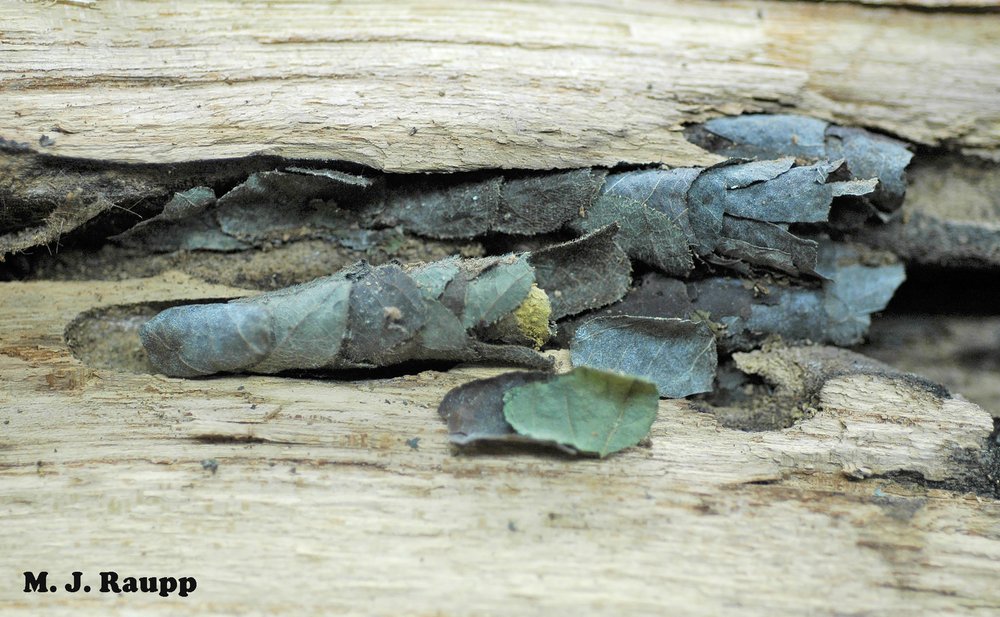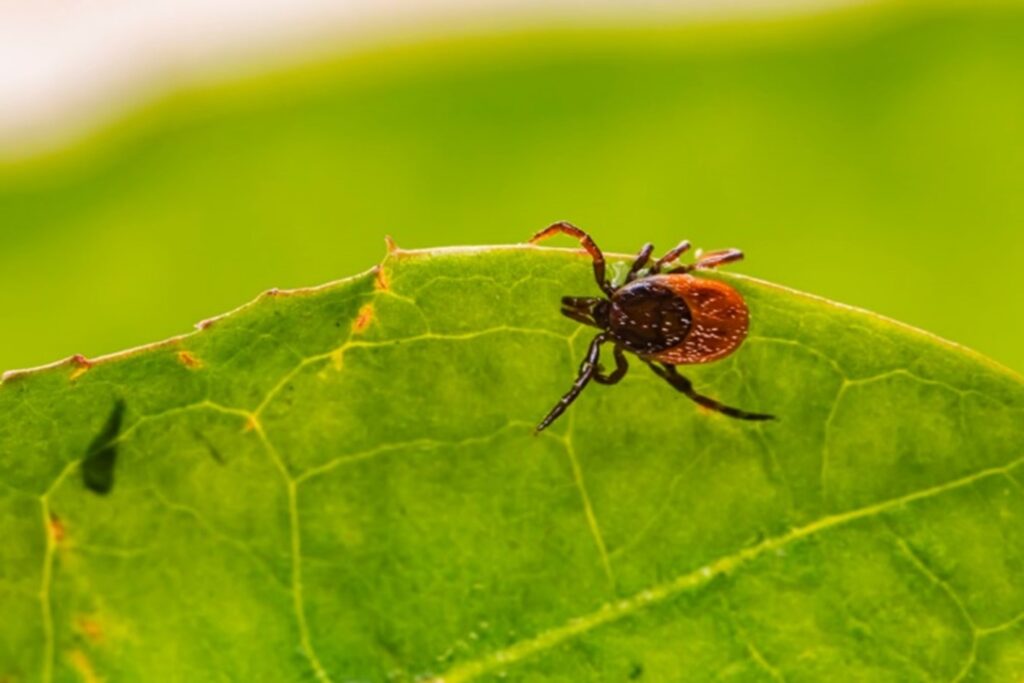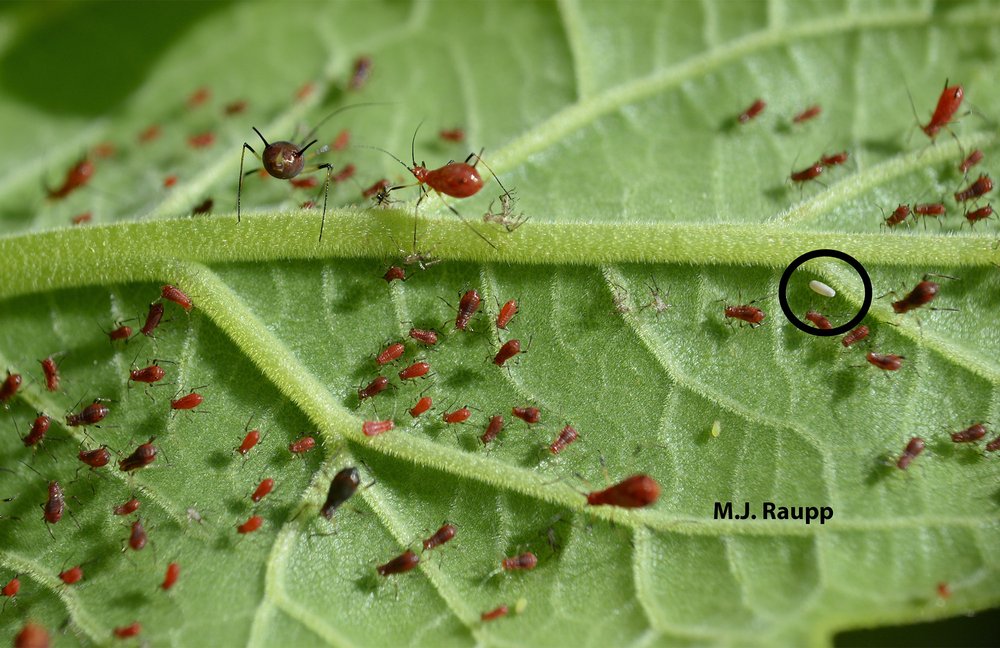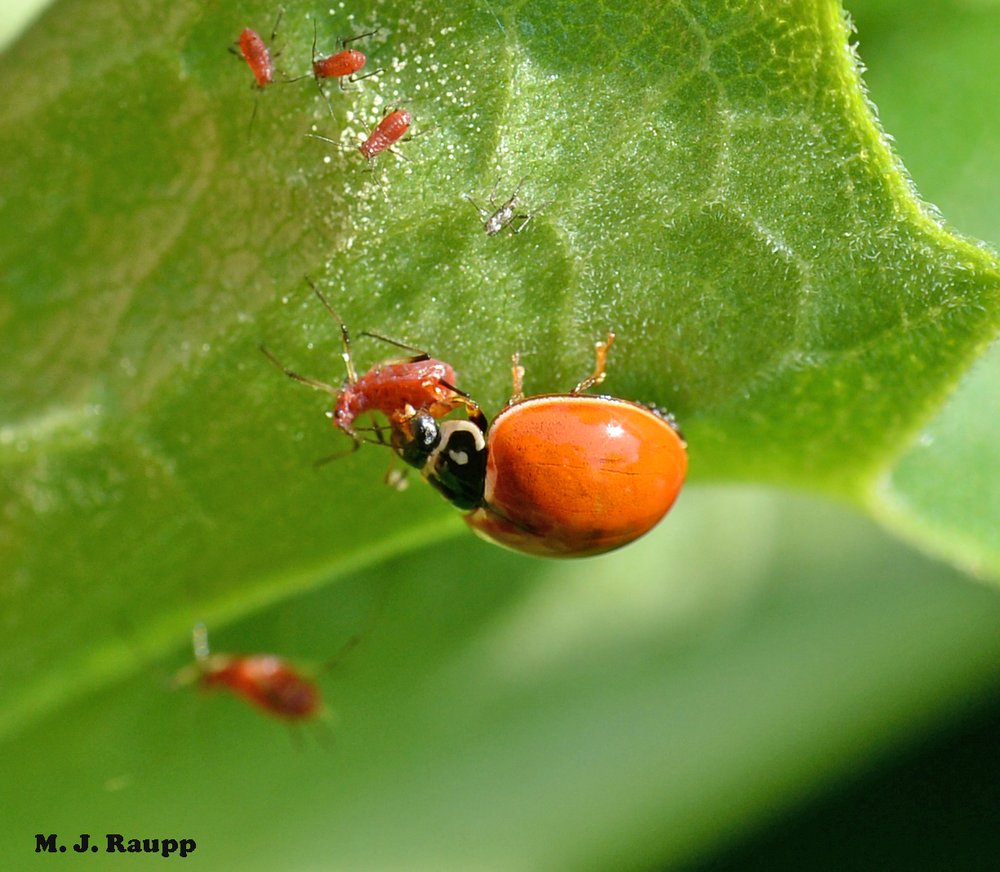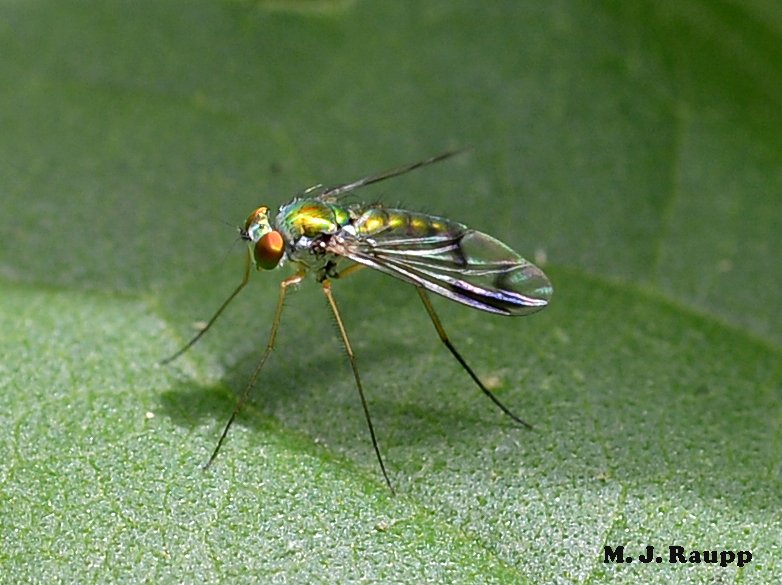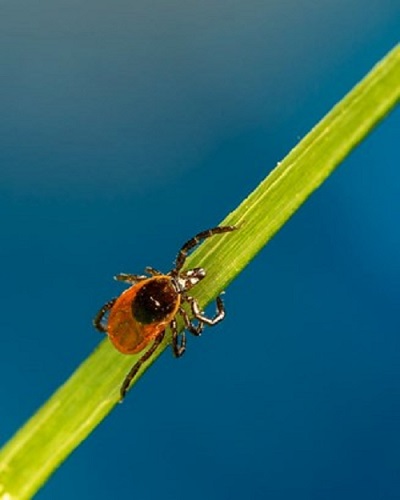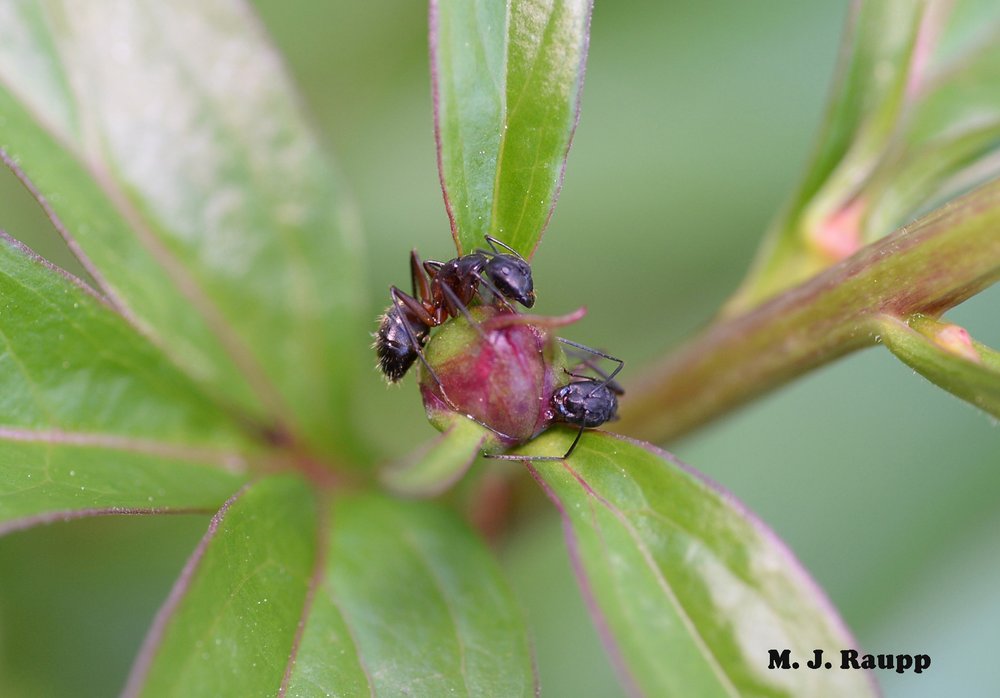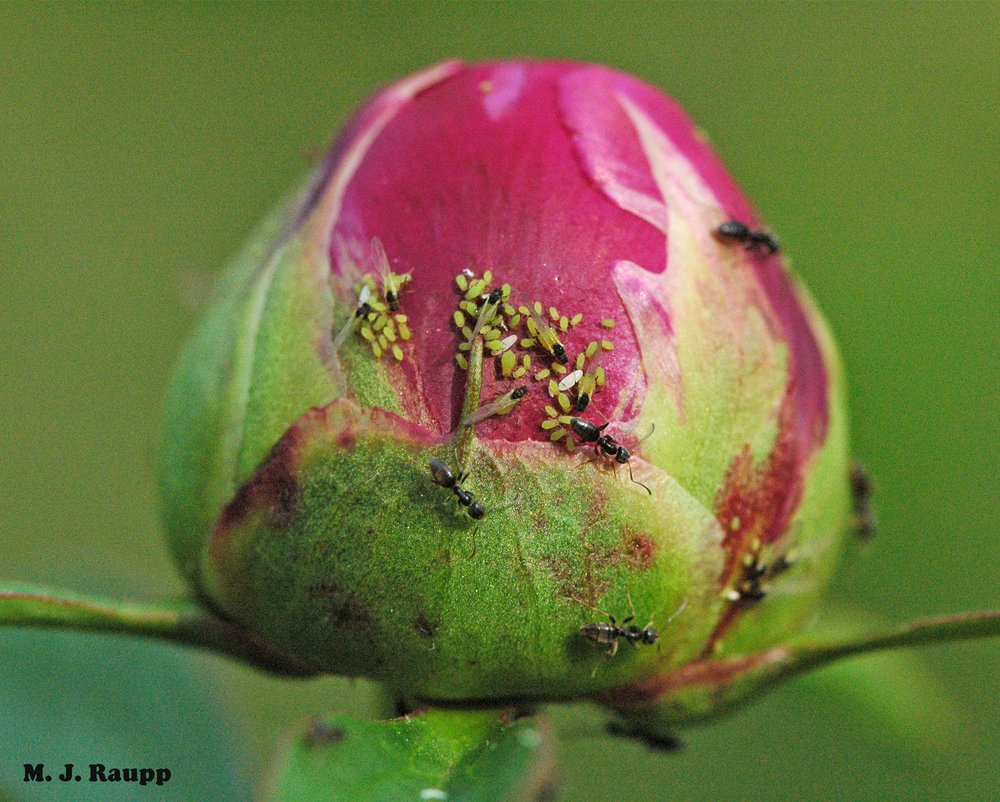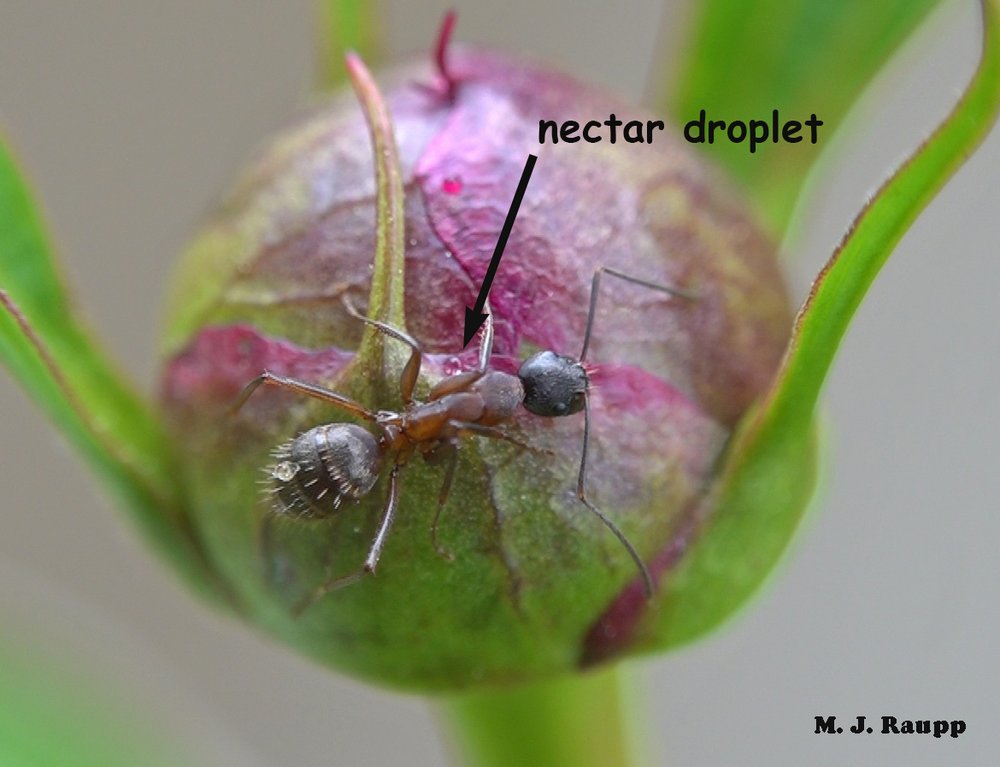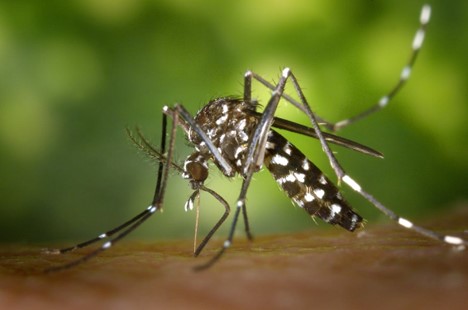Life and death in a cone flower: Minute pirate bugs, Orius spp., and their prey, flower thrips, Frankliniella spp.
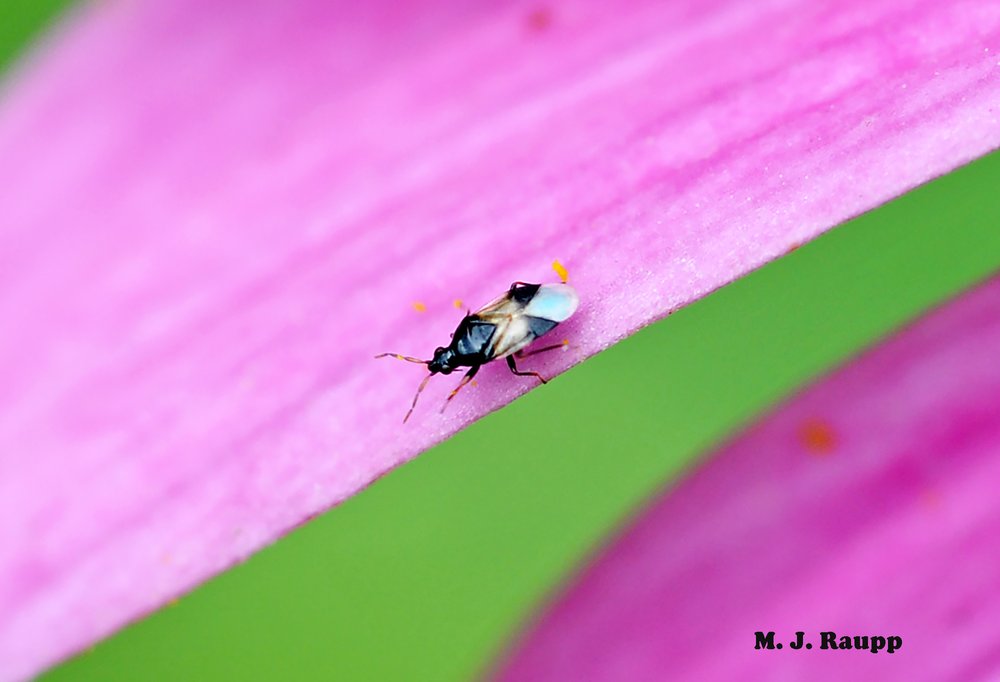
Ahoy matey and thrips beware, minute pirate bugs have landed on the cone flower.

Cone flowers provide food not only for iconic pollinators like bumble bees but also for a rich community of tiny unseen predators and their prey.
Cone flowers, Echinacea spp., are super attractors for a diverse cadre of pollinators – bees, wasps, beetles, and many more. But beneath the feet of these relatively large insects, an unseen war rages between tiny plant-feeding thrips and rapacious predators called minute pirate bugs. Thrips are strange little insects with an unusual name that is both singular and plural. One of these rascals is a thrips and so are two or more. They have equally strange and formidable mouthparts. A dagger like jaw punctures the leaf and other mouthparts slurp up nutritious fluids from the plant. Their feeding discolors, flattens, or produces silver streaks on the surface of a leaf or flower petal. Feeding may distort young leaves, causing them to twist and shrivel. When densities are high, thrips may cause economic damage on a wide variety of food crops and ornamental plants. In our case of thrips on cone flowers and on many other blooming plants, pollen is the major source of food. The immature stages of flower thrips, called nymphs, are translucent yellow. They cannot fly and after molting several times, they transform into winged flight-capable adults. Depending on the species, adults can be yellow to dark brown in color. Their tiny wings, lined with featherlike hairs, are the source of their Latin name, Thysanoptera, which means “feather wing”. Female flower thrips lay hundreds of eggs, and as summer temperatures soar into the 90’s they may complete a generation in less than two weeks. It’s easy to see how just a few thrips on a cone flower in early June can generate thousands by the 4th of July.
Cone flowers are super attractors for bees and other macro-bugs. But beneath their feet in the micro-realm, plant eaters like this flower thrips are hunted by maniacal predators like this minute pirate bug. One unlucky little thrips failed at the game of hide and seek. It’s being sucked dry by the pirate bug. Under the piercing eye of the microscope, you get a clearer look of how this fierce predator consumes its prey by inserting its beak into the thrips and sucking out its body fluids.
Ah, but just as the cone flower is food for the thrips, so too are thrips food for their predators. Cone flowers in my flower beds are rife with stealthy and awesome predators known as minute pirate bugs. Minute pirate bugs, Orius spp., are well known predators of thrips and many other insect pests. These little pirates are switch hitters when it comes to food, fierce predators when consuming other insects, and herbivores when feeding on nutritious pollen produced aplenty by cone flowers. Two species of Orius, minute pirate bug (Orius tristicolor) and insidious flower bug (Orius insidiosus) go by the common name of minute pirate bug. They are found in parts of the North, Central, and South America. Minute pirate bugs use needle-like mouthparts to impale their prey and a tiny pump in their head sucks out the liquid contents of their victim through the mouthparts.
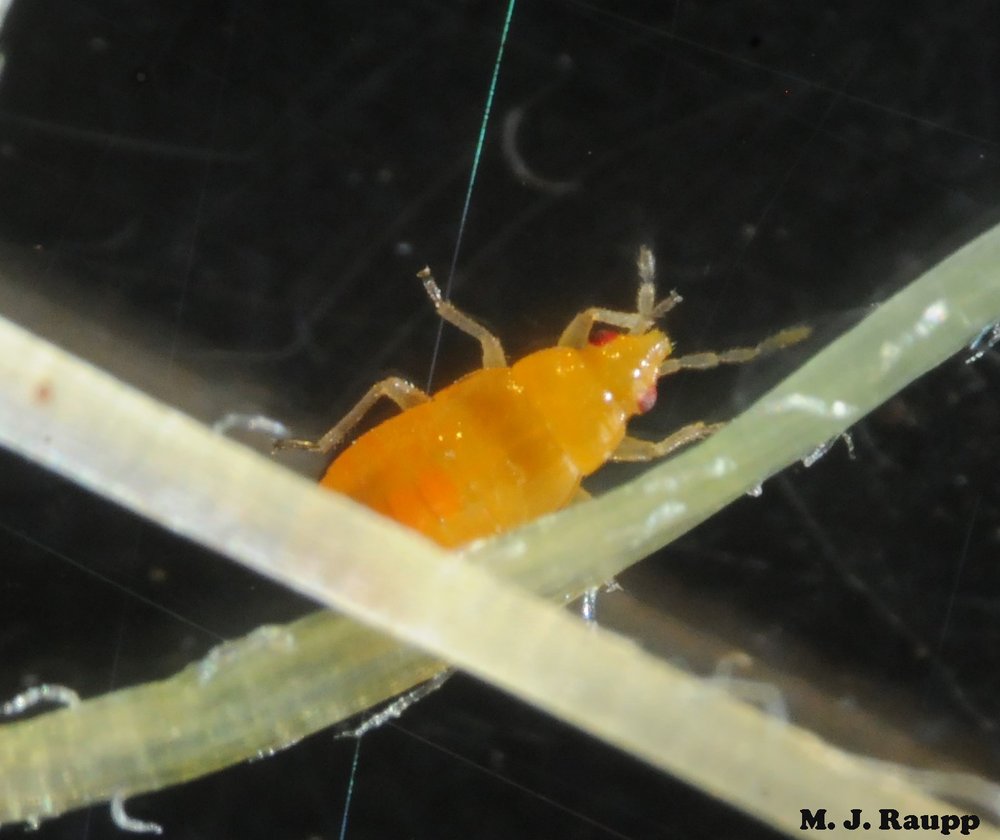
Immature minute pirate bugs are also omnivores, consuming both soft bodied prey and pollen from flowers.
Little wonder that you may not have seen minute pirate bugs. These fast-moving, stealthy creatures are only a few millimeters long, oval shaped, and black with white markings at the base and ends of their wings. Minute pirate bugs do not have a pupal stage and their young are called nymphs. Nymphs and adults are similar in shape but nymphs are usually yellowish-orange with red eyes. Female pirate bugs insert eggs into plants and development takes about 3 weeks from egg to adult. They have multiple generations annually and remain active until day length becomes short later in the season. Some Orius species are commercially available and are used successfully in biological control programs against thrips in greenhouses and field grown peppers.
Occasionally, Orius may even take a “taste” of humans, but the bite is only irritating for a few minutes, so please don’t panic. Minute pirate bugs are important members of Mother Nature’s hit squad helping to beat down pests. After they annihilate thrips in my cone flowers, they will seek other pests to attack in my gardens and landscape. Cone flowers and a diversity of other flowering plants provide resources for pollinators and other beneficial insects, valuable guests that provide ecosystem services and enhance sustainability of my gardens.
Acknowledgements
Bug of the Week thanks the crew of the Weather Channel for covering pollinators last week and inspiring this episode. We also thank Dr. Paula Shrewsbury for discovering pirate bugs and thrips in cone flowers and providing text for this episode. The fact-filled bulletin “Western Flower Thrips” by Steve Frank and James Baker was used as a reference for this episode.
This post appeared first on Bug of the Week

